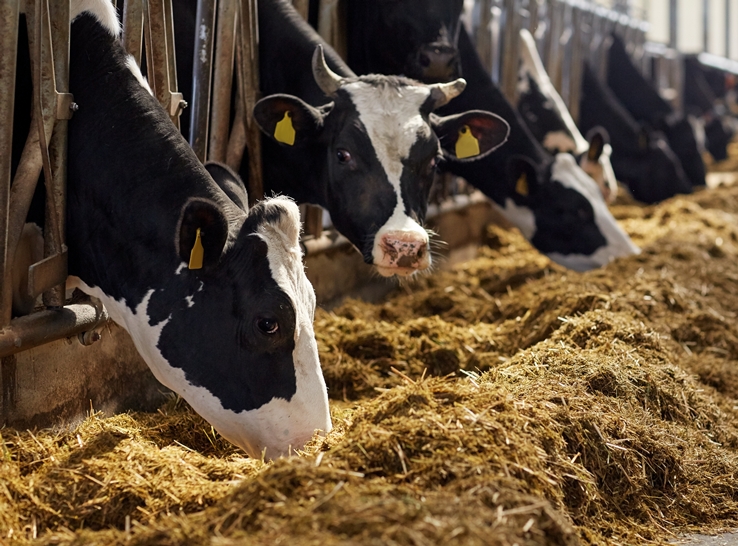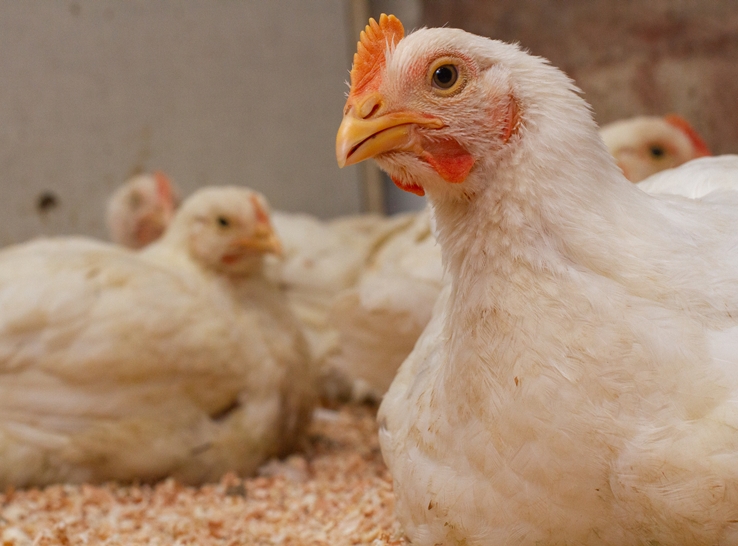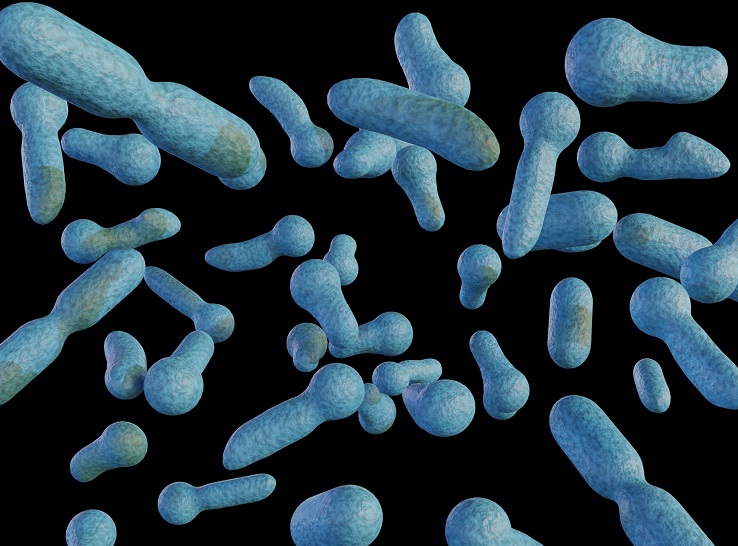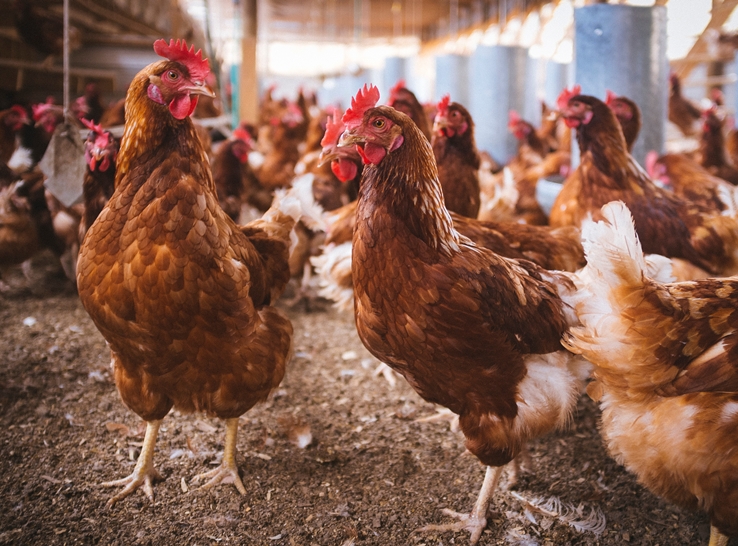After a decade studying how to reduce losses from necrotic enteritis (NE) and gangrenous dermatitis (GD) on broiler farms, one veterinarian believes the industry is finally making progress against these two clostridial diseases.
According to Don Ritter, DVM, an independent consultant who heads Poultry Business Solutions, Norfolk, Virginia, both diseases cause serious economic damage.
Excess mortality from 2 to 4 weeks of age caused by NE can cost $300 to $500 per broiler house, while the cost of excess mortality and antibiotic treatment for GD at 35+ days of age can average $1000 per broiler house.
Ritter said current NE-control programs need to begin with managing coccidiosis, which predisposes broiler flocks to NE.
So-called bioshuttle programs, which involve vaccinating flocks for coccidiosis and then following with a traditional in-feed anticoccidial after the vaccinal oocysts are done cycling, can help to keep NE in check in some flocks.
Some natural additives also have shown potential for controlling NE in “no-antibiotics-ever” (NAE) production schemes. Penicillin, he added, is the only medication that has proved to be effective for treating GD.
Ritter, who did extensive research controlling both clostridial diseases while working as a production veterinarian for a major poultry producer, shared his experiences with these broiler diseases at the 2023 Poultry Science Association’s annual meeting.
Background: necrotic enteritis (NE) and gangrenous dermatitis (GD)
“NE and GD are clostridial diseases of poultry,” Ritter explained, noting that clostridia are spore-forming, anerobic, gram-positive bacteria that produce deadly toxins.
NE is caused by Clostridium perfringens; GD is caused by C. perfringens and/or C. septicum.
“Both are supposed to be in the gut but not cause disease problems,” he continued. “However, NE occurs when C. perfringens numbers bloom in the midgut and produce toxins that lead to death.
“Cycling of Eimeria coccidial oocysts, especially E. maxima, causes intestinal damage and excess mucus production that provides an ideal environment for CP (C. perfringens) overgrowth.”
Successful control of NE requires reducing the coccidial pathogen E. maxima, which is where Ritter’s research focused. In particular, he looked at the use of live-oocyst coccidial vaccines and their impact on NE.
For controlling GD, he studied the use of ionophores, a class of antibiotics used for managing coccidiosis.
Coccidiosis vaccine link to NE
“Flocks receiving live-oocyst coccidial vaccines alone, with no supplemental medications, are at increased risk for NE,” Ritter said, adding that NAE marketing programs that do not reduce the clostridial load in the gut “are also risky for NE.”
Ritter conducted field studies to see what birds vaccinated for coccidiosis succumbed to NE, with hopes of learning how to improve vaccine management. He and a colleague vaccinated 8,000 birds in the hatchery and moved them and another 8,000 unvaccinated birds into four houses.
They discovered that while unvaccinated birds were extremely susceptible to NE, vaccinated birds were also dying. Why? Ritter’s research found most coccidiosis vaccines contained low numbers of viable E. maxima oocysts.
Another issue, he said, was the mass application of coccidiosis vaccines, which frequently led to some chicks not receiving enough vaccine. Ritter tackled it by setting up studies to test the manufacturer-recommended water spray and a novel gel spray for vaccine applications. Applying coccidiosis vaccines via gel greatly increased the consumption of vaccine. When this approach was tested in the field, the expected reduction in NE incidence was observed. The flocks vaccinated using gel had 50% fewer NE mortalities compared to birds receiving vaccine via the traditional water-spray application.
He and a colleague then tested an application of tiny polymer beads containing gel against the water-spray method to measure the relative difference in vaccine consumption.
“What we saw was very low levels of consumption in water and about seven times more consumption of beads in the gel,” Ritter said.
“The more birds you vaccinate for E. maxima in the hatchery, the less NE you will have,” Ritter concluded. “Companies that don’t want to work as hard on vaccine application have resorted to using bioshuttle programs. This program combines vaccine with an anticoccidial, where birds start off on a vaccine; then at 2 weeks, add an anticoccidial drug like an ionophore or zoalene to the grower feed to prevent over-cycling of E. maxima.”
Natural additives such as saponins, tannins and plant extracts that have a direct impact on E. maxima cycling will also help. A combination of products works best.
Beating GD
“GD in chickens primarily occurs when clostridium escapes the gut, goes septic and gets into target tissues of the skin, where toxins are produced,” Ritter explained. The disease then leads to a quick death and rapid body decomposition.
Ritter researched prevention and control. He learned that when ionophores were used to help prevent coccidiosis, more GD turned up in treated chickens than those without ionophores.
Gut microflora research demonstrated that birds receiving ionophores had higher numbers of clostridium in their intestines, increasing the risk of escape and triggering clinical GD. The solution was not using ionophores during the risk ages for GD, which begins after 28 days of age. Using ionophores in younger birds does not usually increase the observed incidence of GD.
“Because GD results in serious economic losses, fortunately you can treat dermatitis with penicillin,” Ritter added. “You need systemic antibiotics to get into the bloodstream, and penicillin’s really the only thing that works for that.”








